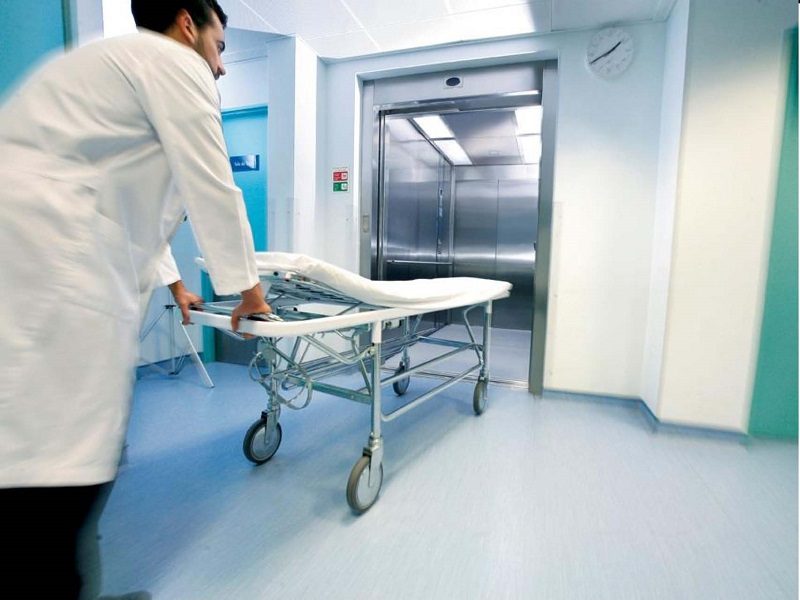HOSPITAL LIFTs

Hospital lifts, also known as stretcher lifts or bed lifts, are a specific type of passenger elevator designed to meet the unique needs of healthcare facilities. They play a crucial role in efficiently and safely transporting patients, medical equipment, and staff between floors in hospitals and other medical centers.
Here’s what makes hospital lifts different from standard passenger lifts:
Increased size and capacity: Hospital lifts are larger than standard passenger lifts to accommodate hospital beds, stretchers, wheelchairs, and medical equipment alongside medical staff and attendants. They typically have a higher weight capacity to handle the additional load.
- Automatic doors: Hospital lifts feature automatic doors that open wider than standard lifts, allowing for easier entry and exit of beds and stretchers. Some models have power-operated doors for hands-free operation.
- Smooth operation: Hospital lifts are designed for smooth and quiet operation to minimize discomfort for patients and ensure a calm environment.

- Enhanced safety features: Hospital lifts incorporate additional safety features like emergency lowering systems, automatic brakes, and door reopening sensors to ensure the safety of patients and staff.
- Sanitary surfaces: Hospital lifts have surfaces made with materials that are easy to clean and disinfect to maintain a hygienic environment.
- Specific features for different departments: Some hospitals may have specialized hospital lifts with features tailored to specific departments, such as:
- Operating room lifts: These lifts may have extra-wide doors and additional space for bulky equipment.
- Emergency department lifts: These lifts may be designed for faster travel times to expedite emergency response.
- Mortuary lifts: These lifts may have specific design features to accommodate the respectful transport of deceased patients.
Overall, hospital lifts are essential equipment that helps hospitals function efficiently and provide quality care to patients. They ensure the safe and smooth movement of people and equipment throughout the facility, contributing to a more positive and streamlined healthcare experience.